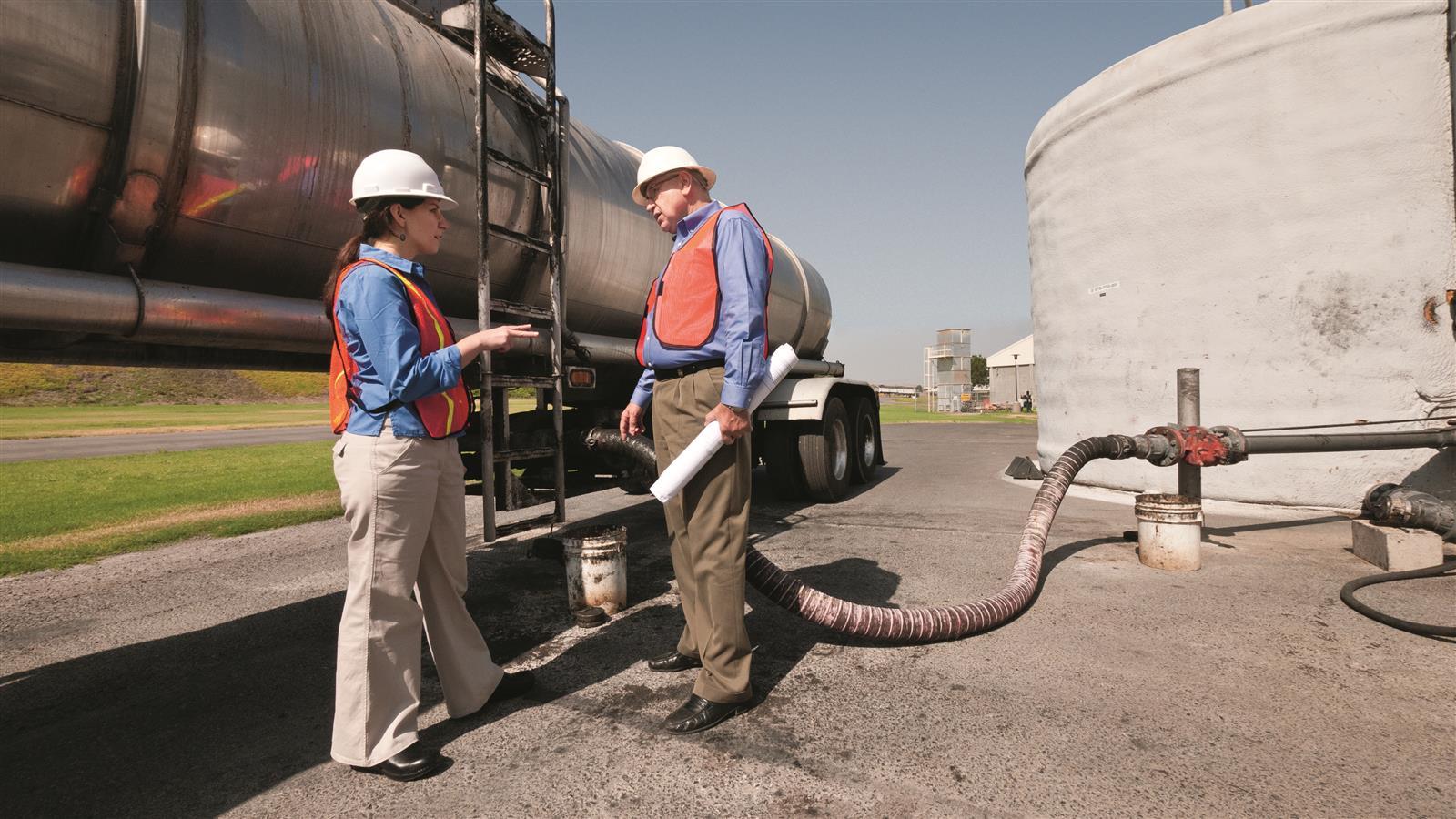Transforming Food Waste Into Fuel
The benefits of FOG are driving industry competition, according to CDM Smith's experts. Because the addition of food waste is so beneficial to digestion, demand for FOG is creating competition among WWTPs. Treatment plant owners receive fees from the waste haulers collecting FOG from restaurants and also benefit from increased energy production, which could have far-reaching effects in the industry.
Strategic Upgrades, Superior Results
The addition of FOG has been successful at the city of Riverside’s regional water quality control plant in Southern California. CDM Smith is helping with innovative plant upgrades, including a new 26-million-gallon-per-day (mgd) membrane bio- reactor, new primary clarifiers, a solids handling facility, two new digesters and a permanent FOG unloading station. The plant’s capacity will be initially expanded from 40 to 46 mgd and ultimately to 52 mgd during the project’s second phase.
Although the original digesters were performing well and producing energy to help run the facility, Riverside Public Works Department wanted a more effective system. Pilot testing proved that increasing the amount of FOG to 20 to 30 percent of overall volatile solids loading would improve volatile solids destruction by 5 to 10 percent while increasing gas production. As a result, FOG will be added to the new and upgraded digesters.
In addition, CDM Smith collaborated with Arizona State University to test a sludge disintegration technology that breaks down cell membranes in waste activated sludge (WAS) prior to anaerobic digestion to increase gas production. Studies at Riverside indicated a 30-percent increase in gas produced from WAS.









